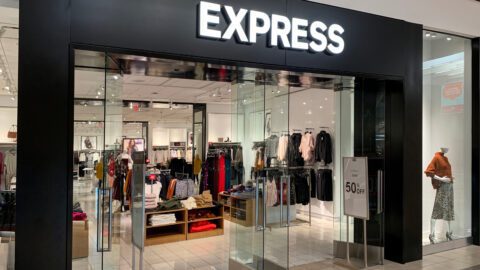Walmart’s announcement of a SKU rationalization project confirms the importance of this initiative for all retailers. In SKU (Stock Keeping Unit) rationalization, a retailer examines the profitability of items and vendors as a whole. When done in a linear fashion, it results in lost sales and bringing back the SKUs.
Increasing sales is based on what items are bought together can help retailers improve merchandising and drive more sales through all channels. As shoppers, we all buy items in groups. Retailers are tasked with figuring out what kinds of items are bought together, to optimize merchandising, increase revenue and keep customers coming back. For example, if I cannot buy both bagels and cream cheese at the same time, I will go to a store where I can find them both!
SKU classification based on frequency of buys and product relationships is based on two key metrics:
- The frequency of buys– this measures true popularity of an item based on how often customers buy this product. For measuring popularity, it is better metric than volume as it is not skewed by one-time large volume purchases by a few customers.
- Correlation- This measures how strongly this item is connected or related with other items that you sell. If an item is always purchased with another item (like bagels and cream-cheese), it is very important to know the “often bought with” items, and ensure that they are stocked together and in the right proportions. Not having one item from a basket of high affinity products will result in loss of the customer.
These two metrics also apply for Amazon-esque suggestive selling for online sales and phone sales. Items that have high correlation with other items are candidates for suggestive selling, up selling, cross-selling and add-ons. For example, this would be a great way to detect that cables, cartridges and paper that are bought with a particular printer. So, when that printer is bought, you can automatically suggest the other items as add-ons. (Not to get too technical here, but the suggestions are not symmetrical. So you cannot suggest a printer when a customer buys paper!)
The implications of these product relationships cannot be emphasized enough on your merchandising strategy and your supply chain planning. Manufacturers, distributors and retailers struggle to manage thousands of SKUs. This SKU classification presents a methodical approach for assortment planning to maintain the most profitable portfolio.
5 Simple Strategies to Optimize Your Assortment Based on Customer Buying Patterns:
- Items that have low-frequency/ high correlation are important to detect. These are troublemaker SKUs. As companies goes though SKU rationalization projects, these items often end up on the chopping block, only to brought back again because they caused lost sales. These items are difficult to identify and there is a need for analytics to easily identify these items.
- Items that are bought in high quantities, but always with other items are great candidates for merchandising and bundling. They are a natural for creating sales lift and revenue lift. It is often counter-intuitive, but your top seller may not be in the pair of top selling items. That is why linear analysis of the SKUs based on volume or frequency results in incorrect merchandising.
- The low frequency/ low correlation items are the targets for SKU rationalization projects. However, these items are very difficult to identify. Hence SKU projects typically end up cutting the wrong SKUs. We call these items Low-Loners. If you are a distributor, you do not want to carry these items. They are perfect candidates for drop-ship.
- Items that sell in high frequency, but usually on their own, require high service levels. We call these Hi-Loners. Examples of these items are cigarettes and gas at a convenience store. And by the way, beer also falls in this category. And please do not believe the beer and diapers myth! It is a myth!
- Last, but not the least, there are items that always sell with another item. We call these ‘Lock-step’. A good example actually is bagels and cream cheese. Another example is nuts and bolts. They always go together, and are typically packages. Wouldn’t it be nice to know what other products you have that are always bought in pairs, so that you can kit them. The value is improved forecasting, improved customer service and increased sales.
The challenge with SKU management is that companies make decisions based individual SKUs in a linear fashion. When companies try to merchandise, decisions are made based on hearsay, industry veterans or tribal knowledge. I think that’s how the beer-diapers myth was started!
Across thousands of SKUS, and with fast changing demand patterns, this results in errors. Companies need a sustainable process for merchandising, assortment planning and SKU management. There is too much at stake to base a companies sales and revenue on hearsay.
As SKU management and merchandising is getting a lot of attention, there is need for robust solutions based on real customer buying behavior, to help companies maintain a profitable portfolio on a continuous basis. The value is high sales, higher margins and improved customer service.
Radhika Subramanian is the CEO of Emcien Corporation, a software-as-a-serve company that offers customer buying pattern analytics that automatically reveals customer choices combinations and trends in sales data. Subramanian has nearly 20 years of experience applying techniques of advanced mathematics and analytics to business problems and delivering value to businesses. She was nominated for the Franz Edelman Prize for Excellence in Management Science and Analytics.









